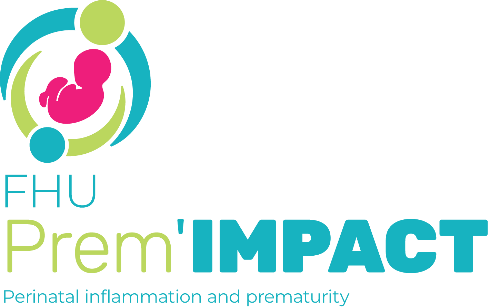Mol Cell Endocrinol. 2020 Jan 1;499:110586. doi: 10.1016/j.mce.2019.110586. Epub 2019 Sep 17. PMID: 31539598.
Abstract
Placental syncytiotrophoblast (ST) is considered as the main placental endocrine tissue secreting progesterone, a steroid essential for maintenance of pregnancy. However, each step of progestins production has been poorly investigated in villous cytotrophoblast (VCT) regarding ST formation. We aimed to characterize progestins production during human differentiation of VCT into ST. VCTs were isolated from term placenta and cultivated, with or without forskolin (FSK), to stimulate trophoblast differentiation. Secreted progestins concentrations were determined by immuno-assay and Gas Chromatography-tandem mass spectrometry. Intracellular expression of cholesterol transporter and enzymes involved in steroidogenesis were studied by immunofluorescence, western-blot, and RT-qPCR. Progesterone and pregnenolone are produced by VCT and their secretion increases with VCT differentiation while 17-hydroxyprogesterone concentration remains undetectable. HSD3B1 enzyme expression increases whereas MLN64, the cholesterol placental mitochondrial transporter and P450SCC expressions do not. FSK induces progestins production. Progestins placental synthesis is effective since VCT and increases with ST formation thanks to mitochondria.
